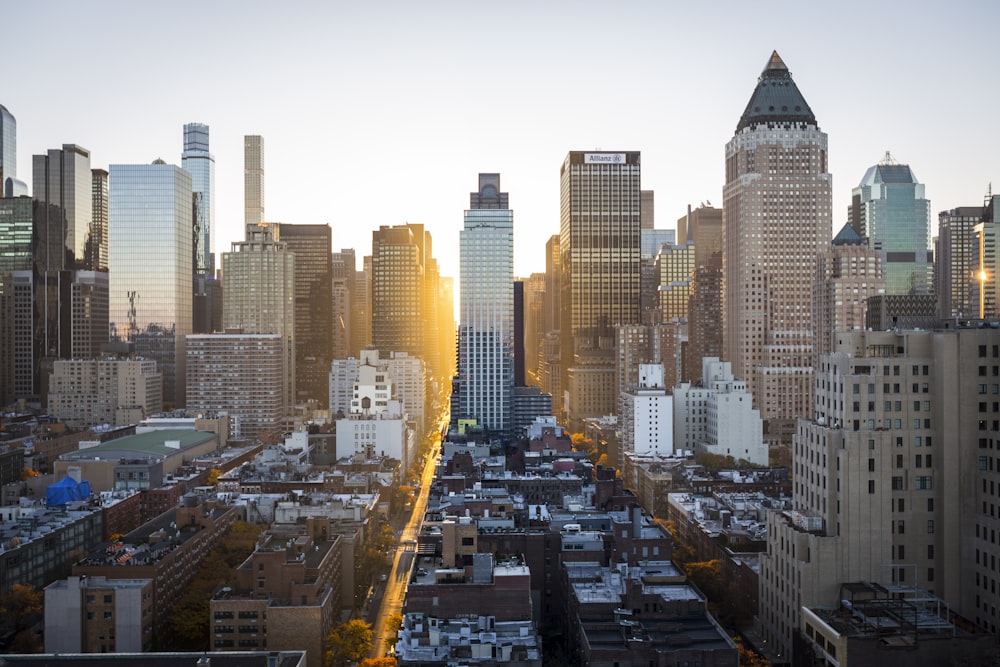Masterpieces in Brick and Light Louis Kahn’s Legacy

Louis Kahn, the legendary architect known for his masterpieces in brick and light, left an indelible mark on the world of architecture. His buildings stand as timeless testaments to his vision, craftsmanship, and deep understanding of the interplay between space, light, and materials. Let’s embark on a journey through some of the most iconic structures that make up Louis Kahn’s enduring legacy.
The Salk Institute: A Triumph of Modernist Design
One cannot speak of Louis Kahn’s legacy without mentioning the Salk Institute in La Jolla, California. Completed in 1965, this masterpiece of modernist architecture is a sublime example of Kahn’s ability to create spaces that inspire awe and contemplation. The institute, dedicated to biological research, is set against the backdrop of the Pacific Ocean, its symmetrical wings framing a central plaza that seems to stretch towards infinity. Here, Kahn’s use of concrete, light, and water creates a harmonious dialogue between nature and the built environment.
Kimbell Art Museum: Where Light Becomes Art
In Fort Worth, Texas, the Kimbell Art Museum stands as a testament to Louis Kahn’s genius in manipulating natural light to create spaces of ethereal beauty. Opened in 1972, the museum’s vaulted ceilings and carefully placed skylights allow daylight to filter into the galleries in a way that almost seems magical. As visitors move through the museum’s halls, they are treated to a play of light and shadow that enhances the experience of viewing the priceless works of art on display.
National Assembly Building of Bangladesh: Symbol of Independence
Louis Kahn’s influence extended far beyond the borders of the United States, as seen in his design for the National Assembly Building of Bangladesh in Dhaka. Completed in 1982, this monumental structure stands as a symbol of the nation’s hard-won independence. The building’s geometric forms, inspired by traditional Bengali architecture, rise majestically from a serene reflecting pool. Inside, the Jatiyo Sangsad Bhaban features grand assembly halls bathed in natural light, embodying the spirit of democracy and transparency.
Yale Center for British Art: A Haven for Art and Thought
Nestled in the heart of New Haven, Connecticut, the Yale Center for British Art is another jewel in Louis Kahn’s crown. Completed in 1977, this museum houses the largest collection of British art outside the United Kingdom. Kahn’s design for the center emphasizes a sense of quiet contemplation, with galleries illuminated by carefully placed skylights and punctuated by intimate courtyards. The result is a space where art and architecture come together to create an atmosphere of serenity and intellectual discovery.
The Richards Medical Research Laboratories: A Symphony of Light and Form
At the University of Pennsylvania in Philadelphia, Kahn’s Richards Medical Research Laboratories stand as a testament to his mastery of form and function. Completed in 1965, this complex of interconnected towers and laboratories is a study in geometric precision. Here, Kahn used brick and glass to create a rhythmic play of light and shadow, while interior courtyards provide spaces for reflection and collaboration among researchers.
Exeter Library: A Temple of Knowledge
In Exeter, New Hampshire, the Phillips Exeter Academy Library stands as a beacon of learning and enlightenment. Completed in 1971, this iconic building features a soaring central atrium that rises four stories high, flanked by rows of bookshelves bathed in natural light. Kahn’s use of exposed concrete and strategically placed windows creates an atmosphere of quiet grandeur, inviting visitors to immerse themselves in the world of books and ideas.
The Dhaka Museum of Art: Where Tradition Meets Modernity
Louis Kahn’s architectural legacy in Bangladesh is further exemplified by the Dhaka Museum of Art. Completed posthumously in 1985, this museum pays homage to the country’s rich cultural heritage while embracing modern design principles. The building’s geometric forms and soaring arches create a sense of drama, while its use of local materials such as brick and marble connects it to its surroundings. Inside, galleries flooded with natural light provide the perfect setting for showcasing Bangladesh’s vibrant artistic traditions.
Louis Kahn’s legacy continues to inspire architects, artists, and admirers of beauty around the world. His masterpieces in brick and light are not just buildings; they are living works of art that remind us of the profound impact architecture can have on our lives and our sense of wonder. As we explore these iconic structures, we are invited to contemplate the enduring power of vision, craftsmanship, and the eternal dance of light and space. Read more about louis kahn buildings






![Unlocking Real Estate Success [Company Name] Unlocking Real Estate Success [Company Name]](https://images.unsplash.com/photo-1583142499515-db3e66a57bdc?fm=jpg&q=60&w=3000&ixlib=rb-4.1.0&ixid=M3wxMjA3fDB8MHxzZWFyY2h8N3x8cmVhbCUyMGVzdGF0ZSUyMGludmVzdG1lbnQlMjBjb21wYW55fGVufDB8MHwwfHx8Mg%3D%3D)

